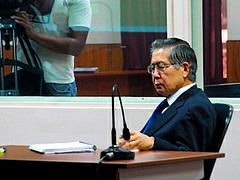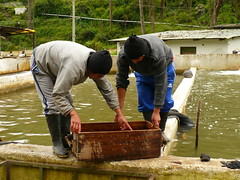3000 year old temples discovered in Lambayeque
Two ancient temples thought to be about 3,000 years old, from the time when high civilisation established itself in northern Peru, have been uncovered in the archaeological complex of Collud-Zarpán.
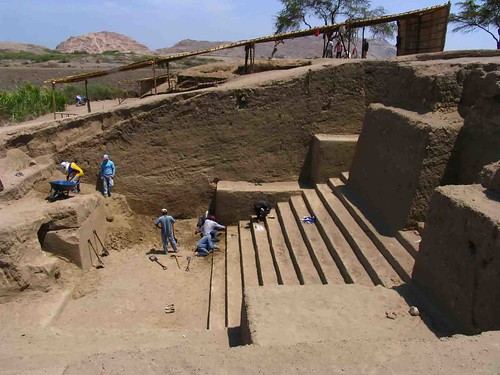
Stairs on Collud's northern face
The two structures, located in the northern region of Lambayeque, are separated by some 100 metres of modern farm land but could once have been connected, forming part of a great ceremonial complex – a theory put forward by Peruvian Archaeologist Ignacio Alva, who is in charge of Collud-Zarpán excavations.
The two temples belong to the Cupisnique culture that developed in the region between 3000 and 2000BC. With mud foundations 150m long and 70 metres wide, the temple of Collud is the largest of the two constructions. It has a central stairway leading to the top that is 25 metres long consisting of 25 steps, but most impressive is the surviving mural with representations of a divine figure.
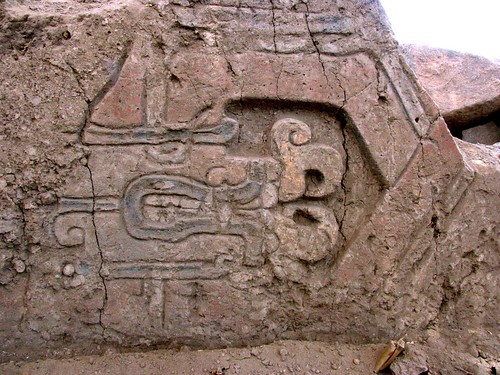
Mural on the Collud temple
“This diety is a mix of feline and human, spider and bird and is logically their principle god”, states Ignacio, son of the legendary Walter Alva who discovered the famous tombs of the Lord of Sipan.
At the Zarpán temple, Ignacio tells us that they have found the façade of a minor temple built with stone that measures 50m in length and is 2.5 metres high.
The Collud and Zarpán temples are from a time of consolidation of high civilisation in northern Peru, whereas the nearby temple of Ventarrón, which last year it was discovered to be 4500 years old, is from a time when the first civilisations where only just beginning to form.
The three archaeological complexes that cover an area of 40km2 en total, formed part of an ancient centre of civilisation in the valley of Lambayeque, “that was one of the largest of the Peruvian coast, with the best water engineering and best soil quality”, explains Ignacio.
Discover more of Peru’s fascinating ruins here
Tags: Archaeology, civilisation, collud, cupisnique, ignacio alva, lambayeque, ruins, ventarron, walter alva, zarpan



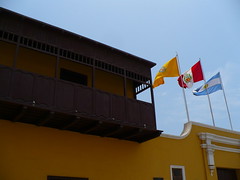

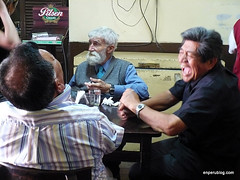

![Fujimori’s mega-trial draws to a close [Featured]](http://newsimg.bbc.co.uk/media/images/44791000/jpg/_44791276_fujimori_afp226b.jpg)
